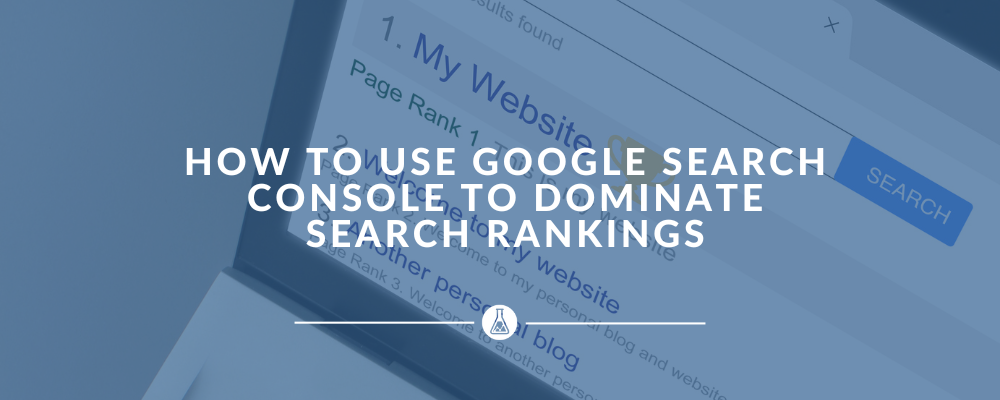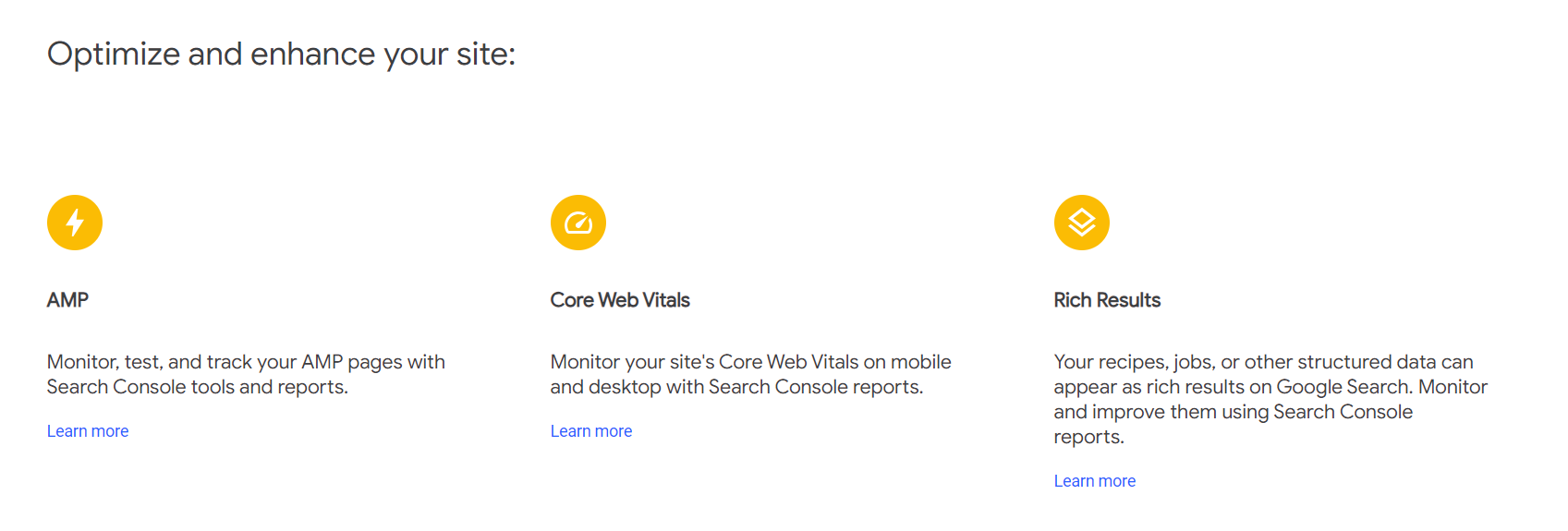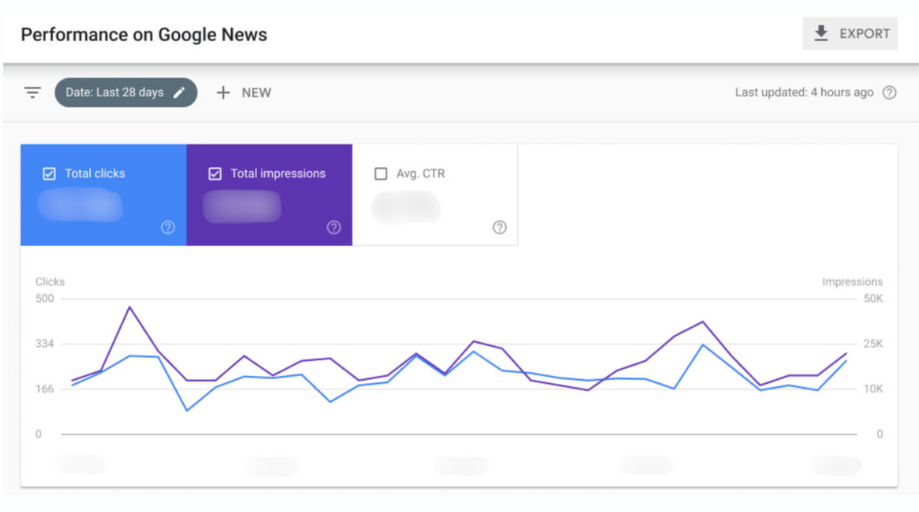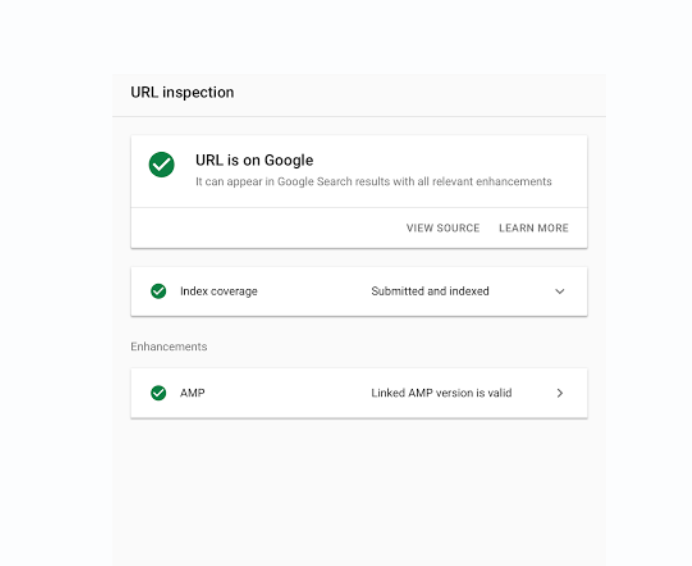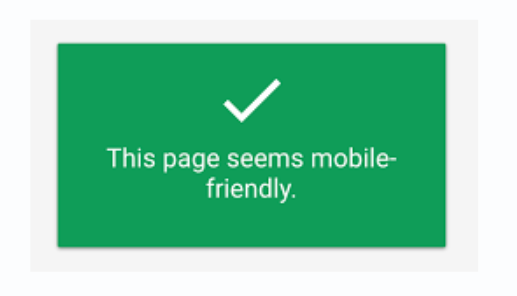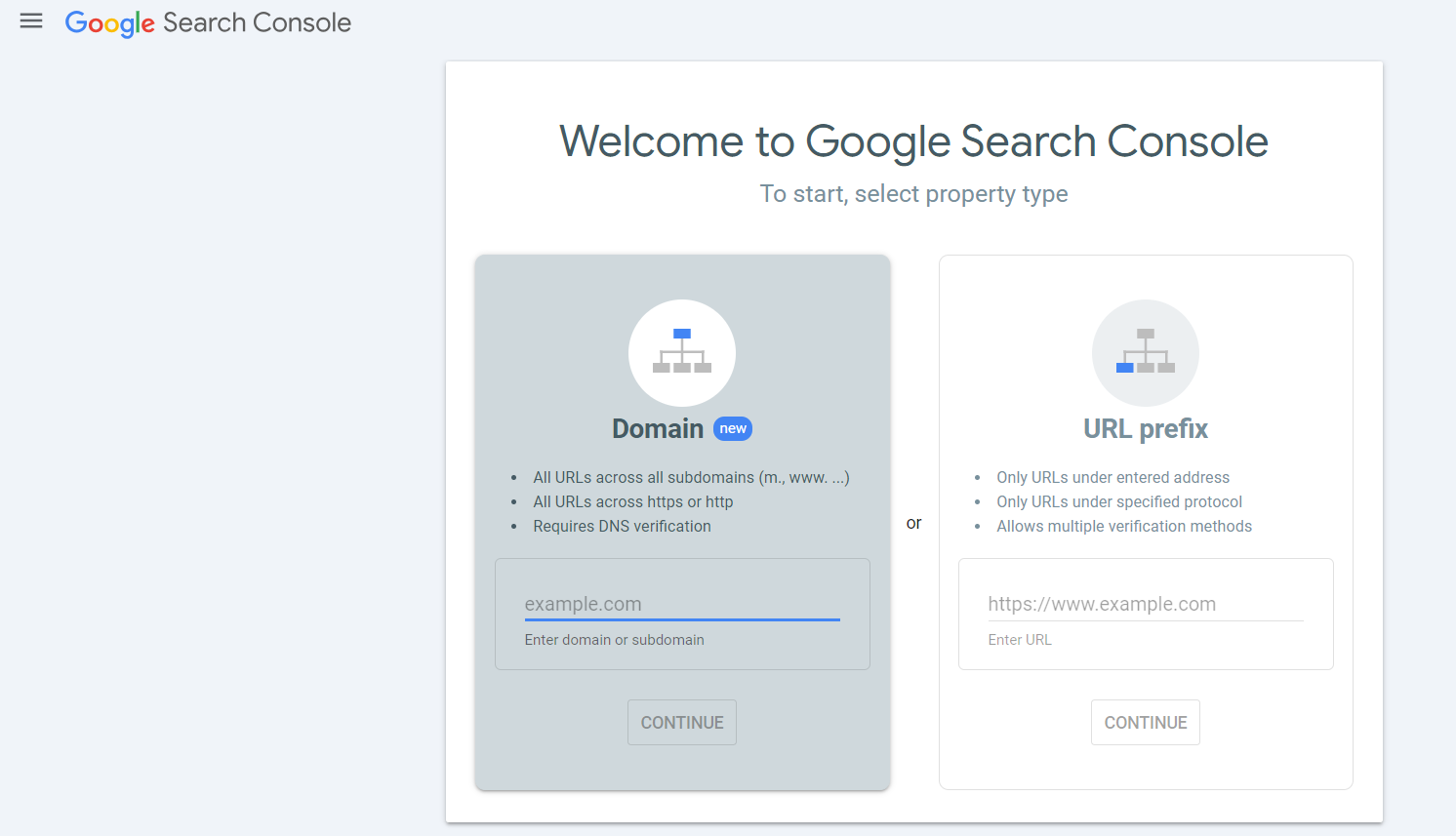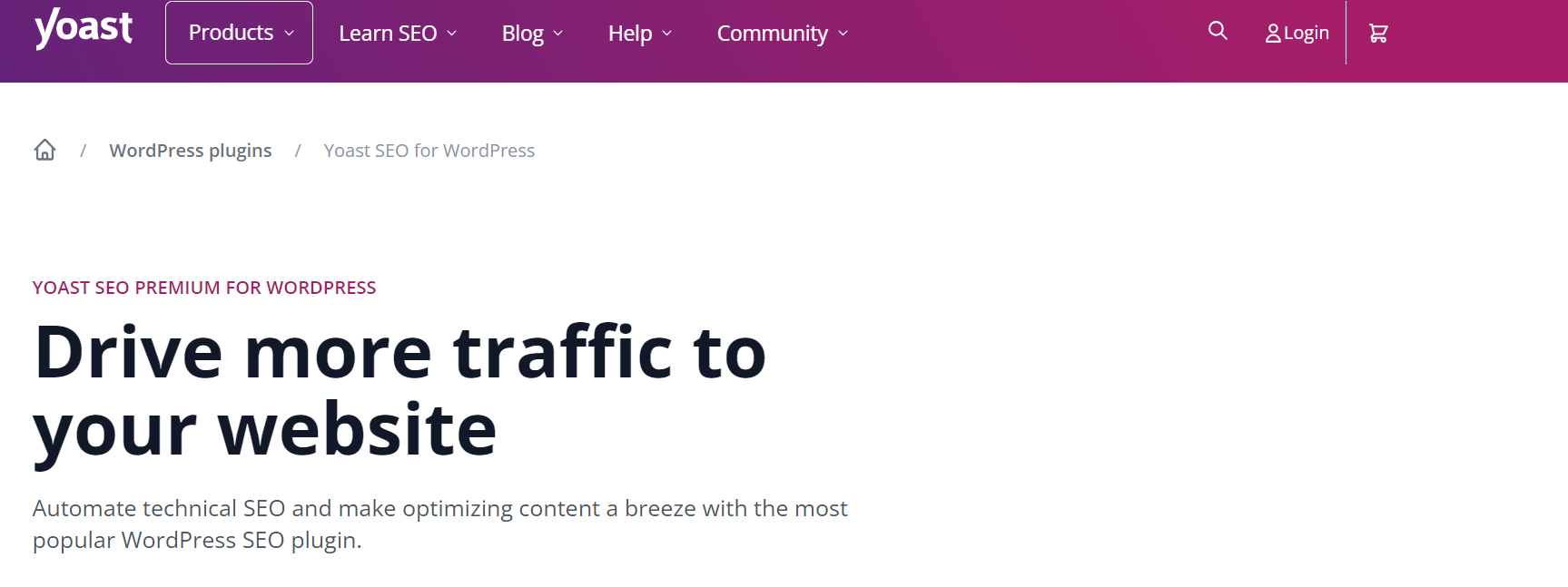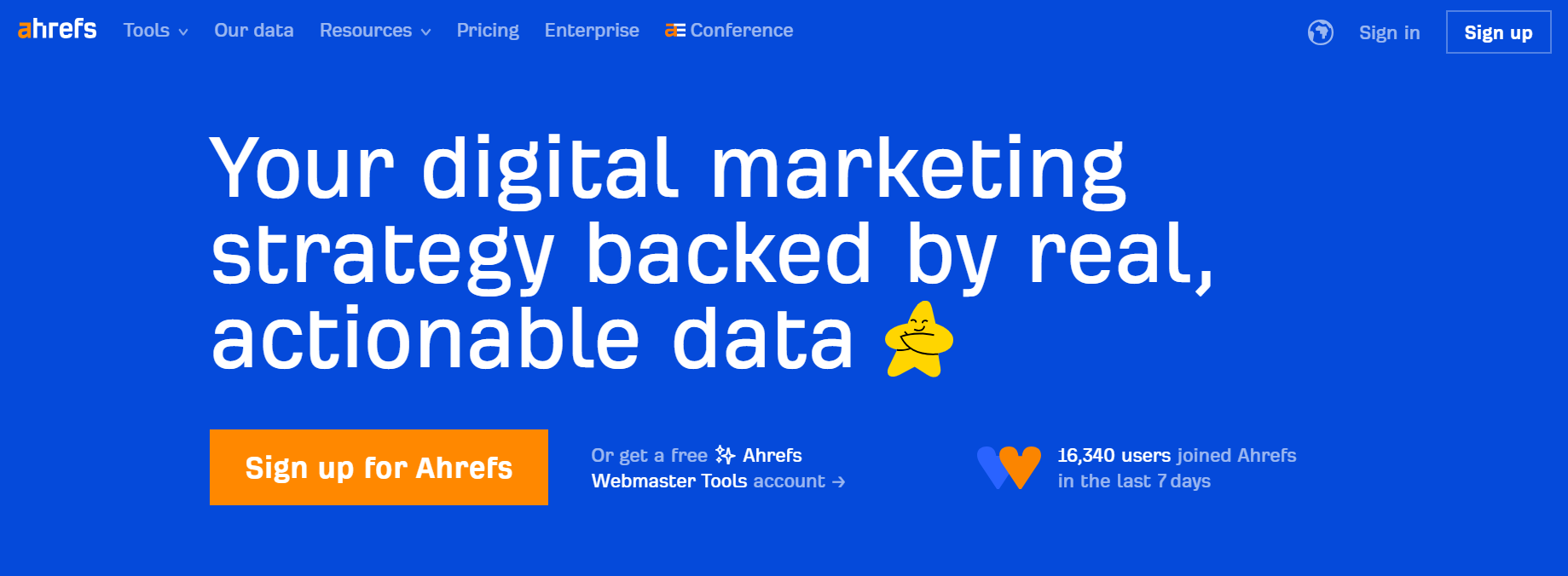Google Search Console is a must-have tool for understanding how your website performs in Google Search and what you can do to improve it. In this post, Search Scientist will walk you through how to use it effectively to boost your site’s visibility and tackle any issues holding you back.
Stick around as we explore the simple steps to turn insights into actionable improvements for your website.
Table of Contents
What Is Google Search Console and How Can It Improve Your Website’s Performance?
Google Search Console is a free tool provided by Google that allows website owners to monitor, maintain, and optimize their site’s presence in Google Search results. It offers a wide range of data and insights into how Google sees your website, including information on search performance, indexing, mobile usability, and more. With Search Console, you can track specific metrics such as clicks, impressions, average position, and click-through rate (CTR) for each of your web pages.
One of the main features is the Performance Report, which provides detailed data on how your site is performing in Google Search. You can see which keywords are driving traffic, the pages that are receiving the most views, and how users are interacting with your content. This data helps you identify opportunities to optimize your content, focus on high-performing keywords, and target areas where your website may be underperforming.
Google Search Console also alerts you to any technical issues, such as crawl errors, pages that are not being indexed, or mobile usability problems, which might be affecting your rankings. It provides tools to submit sitemaps, check indexing status, and understand how Googlebot is interacting with your site.
In practical terms, Google Search Console is essential for ensuring your website is performing at its best in search. It allows you to see which parts of your SEO strategy are working, fix problems that could be hurting your rankings, and even submit new content directly to Google to be indexed faster.
Benefits of Using Google Search Console
One of the biggest benefits of using Google Search Console is the ability to monitor your search performance. It lets you track key metrics like clicks, impressions, click-through rate (CTR), and keyword rankings. This data gives you a clear picture of how your site is performing in search results and helps you make better decisions to optimize your content.
Another significant advantage is the ability to identify and fix technical issues. Technical problems can seriously hurt your search rankings, and Google Search Console helps you identify these issues before they become a bigger problem. Whether it’s crawl errors, indexing issues, or mobile usability problems, Search Console alerts you so you can quickly address them. Fixing these problems ensures that your website is accessible to both search engines and users.
In addition to monitoring performance and addressing technical issues, Google Search Console also allows you to optimize keywords for better results. It provides insights into the keywords that are driving traffic to your site, allowing you to see which queries bring in the most users and which have the highest click-through rates. This helps you find opportunities to optimize underperforming keywords, focus on content that resonates with users, and adjust your strategy to improve your rankings.
Moreover, Google Search Console makes it easy to submit sitemaps directly to Google. This helps ensure that your important pages are indexed properly, which is especially useful when you have new content or site updates that you want Google to notice quickly. It makes the indexing process faster and more efficient.
Essential and Most Effective Tools Available in Google Search Console
Google Search Console is packed with features that can help you optimize your website and improve its performance in search results. To get the most out of it, it’s important to know which tools are the most essential and effective.
In this chapter, we’ll take a closer look at the core tools available in Google Search Console that can make a significant impact on your SEO strategy.
Performance Report
The Performance Report is one of the most powerful tools in Google Search Console, giving you detailed data on how your website is performing in Google Search. It provides insights into key metrics like total clicks, impressions, average position, and click-through rate (CTR) for your entire site, as well as individual pages and search queries.
With this data, you can identify which keywords are bringing in traffic, see how well your pages are ranking, and adjust your strategy to boost your search visibility.
URL Inspection Tool
The URL Inspection Tool allows you to see how Google views a specific page on your website. This tool gives you valuable information about whether a page is indexed, what enhancements are available, and any issues that are preventing the page from performing well in search.
By inspecting specific URLs, you can quickly diagnose and fix problems, ensuring that all of your key pages are properly indexed and optimized.
Coverage Report
The Coverage Report provides an overview of which pages on your site are indexed by Google and alerts you to any errors or issues preventing pages from being indexed.
This report is essential for ensuring that all important pages are accessible to search engines. It categorizes pages into errors, warnings, valid, and excluded, helping you pinpoint exactly where there might be problems. Fixing these issues can lead to better indexing and improved search performance.
Sitemap Submission
Submitting a sitemap is crucial for helping Google discover all the important pages on your website. With Google Search Console, you can submit your sitemaps directly to Google, ensuring that new and updated content is indexed more efficiently. This tool is particularly useful for websites with frequent content updates or new pages that need to be indexed quickly.
Mobile Usability Report
With more and more users accessing websites from mobile devices, ensuring a good mobile experience is crucial.
The Mobile Usability Report in Google Search Console helps you identify any issues that might affect how your site performs on mobile devices.
It flags problems like clickable elements being too close together or content being wider than the screen. Fixing these issues improves the mobile user experience and can positively impact your rankings, as Google prioritizes mobile-friendly websites.
Core Web Vitals Report
The Core Web Vitals Report is a relatively new addition to Google Search Console, focusing on user experience metrics such as page loading speed, interactivity, and visual stability.
It provides insights into how users experience your site and highlights any issues that might negatively affect this experience.
Improving your Core Web Vitals can lead to better rankings and a more positive experience for users, which in turn can boost engagement and conversion rates.
Security and Manual Actions
Google Search Console also includes tools that alert you to any security issues on your site, such as malware, hacked content, or phishing.
Additionally, it informs you if your site has been impacted by any manual actions taken by Google, which can lead to lower rankings or removal from search results. These alerts are crucial for keeping your website safe and maintaining its search visibility.
Enhancements Report
The Enhancements Report provides insights into various aspects of your site that can be improved for better performance in search.
For instance, it includes structured data issues, AMP (Accelerated Mobile Pages) problems, and breadcrumb navigation improvements. Implementing the recommendations provided in these reports can help you achieve richer search results, like snippets and carousels, which can improve your CTR and overall visibility.
How to Get Started with Google Search Console
Google Search Console is a powerful, free tool that provides valuable insights into your website’s performance in Google Search. Getting started is easy, even if you’re new to SEO.
Here’s a step-by-step guide to help you set up Google Search Console and start using it effectively.
Sign Up and Add Your Website
The first step is to sign up for Google Search Console. Go to Google Search Console and log in with your Google account.
Once logged in, you’ll need to add your website by clicking on the “Start Now” button and selecting the type of property you want to add—either a domain or a specific URL prefix.
Verify Your Website Ownership
To access data about your website, you need to verify ownership. There are several verification methods available, including:
- DNS Verification: recommended if you have access to your domain registrar. You’ll be asked to add a DNS record to your domain’s settings.
- HTML File Upload: upload an HTML verification file to your website’s root directory.
- HTML Tag: add an HTML meta tag to your website’s
<head>section. - Google Analytics/Google Tag Manager: use an existing Google Analytics or Tag Manager account to verify ownership.
Choose the verification method that’s easiest for you, and follow the instructions provided by Google. Once verified, you can start accessing your site’s data.
Submit a Sitemap
After verifying your website, it’s a good idea to submit a sitemap.
A sitemap is a file that lists all of the important pages on your site, helping Google discover and index your content more efficiently. You can generate a sitemap using tools like Yoast SEO (if you’re using WordPress) or create one manually.
Go to the “Sitemaps” section in Google Search Console and enter the URL of your sitemap. This will make sure that Google knows which pages to crawl.
Understand the Dashboard
Once your property is verified and your sitemap is submitted, you can begin exploring the Google Search Console dashboard. The main dashboard includes key metrics like total clicks, impressions, average position, and any errors that need attention.
Start Tracking and Fixing Issues
The key to using Google Search Console effectively is understanding what the data is telling you. Begin by looking at the Coverage Report to identify pages that are not indexed or have errors. Use the URL Inspection Tool to check if specific pages are indexed properly and to troubleshoot any issues.
The Performance Report will help you see which queries are bringing traffic to your website. Analyze the queries and optimize your content to improve rankings for keywords with a lot of impressions but low CTR.
Use Insights to Improve Your Website
Once you’ve explored the main tools, use the data to improve your website. Fix technical issues identified in the Coverage and Mobile Usability reports. Optimize your content using insights from the Performance Report, focusing on keywords that can drive more traffic. Improve user experience based on the Core Web Vitals Report.
Understanding Key Metrics Available in Google Search Console
Google Search Console provides a variety of important metrics that help you evaluate and improve your website’s search performance. These metrics give you a deeper insight into how well your content is doing in search results, and where you might need to make improvements.
Let’s take a closer look at the most important metrics available and how you can use them to your advantage.
Clicks
Clicks indicate how many times users clicked on your website’s link in Google Search results. This metric tells you how much traffic you are receiving from specific queries and which pages are drawing users in.
It’s a good indicator of how attractive your titles and meta descriptions are to potential visitors. If a page has a lot of impressions but few clicks, it may be time to improve its headline or meta description to make it more compelling.
Impressions
Impressions show how often your website’s link appears in Google Search results, regardless of whether it was clicked.
This metric provides insights into how frequently your content is being shown to users searching for related keywords.
If you have a high number of impressions but a low click-through rate, it may indicate that your page is not as relevant to the user’s intent, or that your content could be more engaging.
Click-Through Rate (CTR)
Click-Through Rate (CTR) is the percentage of impressions that resulted in clicks. It is calculated by dividing the number of clicks by the number of impressions, and it helps you determine how well your listing is performing in search results.
A low CTR suggests that users are seeing your content but choosing not to click on it.
This can be an opportunity to optimize your titles, meta descriptions, or structured data to make your content more appealing.
Average Position
Average Position represents the average rank of your page in Google Search for a particular query. This is an important metric because it tells you how visible your content is compared to the competition.
Higher positions typically result in more clicks, as users tend to click on results that appear at the top of the page. By tracking your average position, you can identify which keywords need optimization to improve their ranking.
Coverage Metrics
The Coverage Report provides insights into which pages on your site are indexed and which have issues preventing them from being indexed.
The key metrics here include:
- Valid Pages: pages that are successfully indexed and eligible to appear in search results.
- Errors: pages that could not be indexed due to issues like server errors, redirect errors, or “noindex” tags.
- Valid with Warnings: pages that are indexed but have some issues that may affect their performance.
- Excluded Pages: pages that Google has chosen not to index, often due to intentional exclusions, like duplicate content or robots.txt rules.
Monitoring these metrics helps you ensure that important pages are accessible to users and alerts you to any technical issues that might need fixing.
Mobile Usability Metrics
With Google prioritizing mobile-first indexing, Mobile Usability Metrics are crucial for ensuring a good user experience. These metrics tell you if there are issues with how your website displays on mobile devices, such as clickable elements being too close together or content not fitting well on the screen.
Addressing these issues ensures that mobile users have a smooth experience, which can improve your rankings.
Core Web Vitals Metrics
Core Web Vitals focus on three key user experience metrics: Largest Contentful Paint (LCP), First Input Delay (FID), and Cumulative Layout Shift (CLS).
- LCP measures how quickly the main content of a page loads.
- FID measures the delay users experience when interacting with the page for the first time.
- CLS measures the visual stability of your page, indicating how much content shifts around during loading.
These metrics help you ensure that users enjoy a fast and stable experience, which positively impacts your site’s performance and search rankings.
Search Queries
Search Queries show the specific keywords or phrases that users are entering in Google that lead them to your website. This data helps you understand what terms are driving traffic and what user intent lies behind those searches. It also shows you which keywords you’re ranking for and where there’s an opportunity to create or improve content to better match user searches.
Backlinks and Internal Links
Google Search Console also provides metrics on backlinks (external links pointing to your website) and internal links (links within your own site). Backlinks are a key ranking factor, as they help build authority and trustworthiness. Tracking your backlink profile helps you understand which websites are linking to you and if there are opportunities for more link-building.
Internal links show how well you’ve structured your website for both users and search engines, allowing you to improve navigation and boost rankings for important pages.
Are There Tools That Perform the Same Functions as Google Search Console?
While Google Search Console is a powerful and free tool provided by Google, there are several other SEO tools that can help you achieve similar objectives. These tools provide insights into your website’s performance, technical issues, and keyword rankings, but each comes with its own strengths and weaknesses compared to Google Search Console. Let’s take a look at some alternatives, how they compare, and where they excel or fall short.
Ahrefs
Ahrefs is a popular SEO tool that offers extensive keyword research, backlink analysis, and site audits, which makes it a great alternative to Google Search Console.
🏆Advantages:
- Ahrefs is known for its comprehensive backlink database, which allows users to track incoming links to their website and gain insights into link-building opportunities. It offers much more in-depth backlink analysis compared to Google Search Console.
- Ahrefs provides detailed keyword metrics, such as search volume, keyword difficulty, and potential traffic, which are useful for planning content and optimizing existing pages.
- You can use Ahrefs to monitor competitors, compare their backlinks, and discover which keywords they are ranking for.
🤒Disadvantages:
- Ahrefs is a paid tool, and the subscription can be costly, especially for small businesses or individuals. In contrast, Google Search Console is entirely free.
- Ahrefs doesn’t provide search impression data or direct information from Google, which means its estimates might not be as accurate as the data available in Google Search Console.
- Ahrefs lacks Google-specific data, such as indexing status and Google-issued alerts, which are essential for maintaining your website’s health.
SEMrush
SEMrush is another popular SEO tool that offers a wide range of features, including keyword tracking, site audits, and content optimization.
🏆Advantages:
- SEMrush offers extensive keyword analysis and allows you to track keyword rankings over time, which can be useful for adjusting your SEO strategy.
- SEMrush provides in-depth competitor analysis, allowing you to identify gaps in your own SEO strategy by seeing which keywords and content are working well for others in your industry.
- SEMrush has features like SEO Content Template and Content Analyzer, which help you create SEO-optimized content based on competitors and target keywords.
🤒Disadvantages:
- Like Ahrefs, SEMrush is a paid tool with limited free options, making it an expensive choice for smaller websites.
- SEMrush does not have direct integration with Google data, which means that it relies on estimates for metrics like impressions, making it less precise than Google Search Console.
Moz Pro
Moz Pro is an all-in-one SEO tool that offers keyword tracking, site audits, and link analysis, and is often used as an alternative to Google Search Console.
🏆Advantages:
- Moz offers a comprehensive backlink analysis tool and its proprietary metrics like Domain Authority (DA) and Page Authority (PA), which help you understand the authority of a website or page compared to others.
- Moz provides site crawl features that help identify issues affecting your SEO, such as broken links, missing tags, and duplicate content.
🤒Disadvantages:
- Moz does not have the same level of data integration as Google Search Console, particularly when it comes to technical issues like crawl errors and indexing problems.
- Like other paid SEO tools, Moz Pro can be costly, especially for users with basic SEO needs, whereas Google Search Console provides similar technical analysis for free.
While there are many tools like Ahrefs, SEMrush, Moz that perform similar functions as Google Search Console, each has its own strengths and weaknesses.
Paid tools often provide more comprehensive data, deeper competitor insights, and additional features such as keyword difficulty analysis and link metrics, but they come at a cost and may not offer the direct integration with Google that Search Console does.
Google Search Console remains an essential tool for any website owner due to its access to reliable, direct data from Google and its focus on technical site health and indexing. It is particularly valuable for identifying and resolving indexing and technical issues, which many other tools do not address as comprehensively.
Using Google Search Console in combination with one or more of these other tools can provide a more holistic view of your website’s SEO and help you make more informed decisions to improve search performance.
We live, breathe & Dream Paid Traffic
Conclusion
Google Search Console is like your website’s best friend—it tells you what’s working, what’s broken, and even whispers Google’s secrets about your content. It’s free, powerful, and gives you the insights you need to keep your site in top shape. So, whether you’re fixing errors or boosting your rankings, trust the Console—it’s like having a direct line to Google’s brain, minus the weird AI takeover.
Check out more blog posts:

Technical SEO: A Complete Guide to Optimizing Your Website for Search Engines



